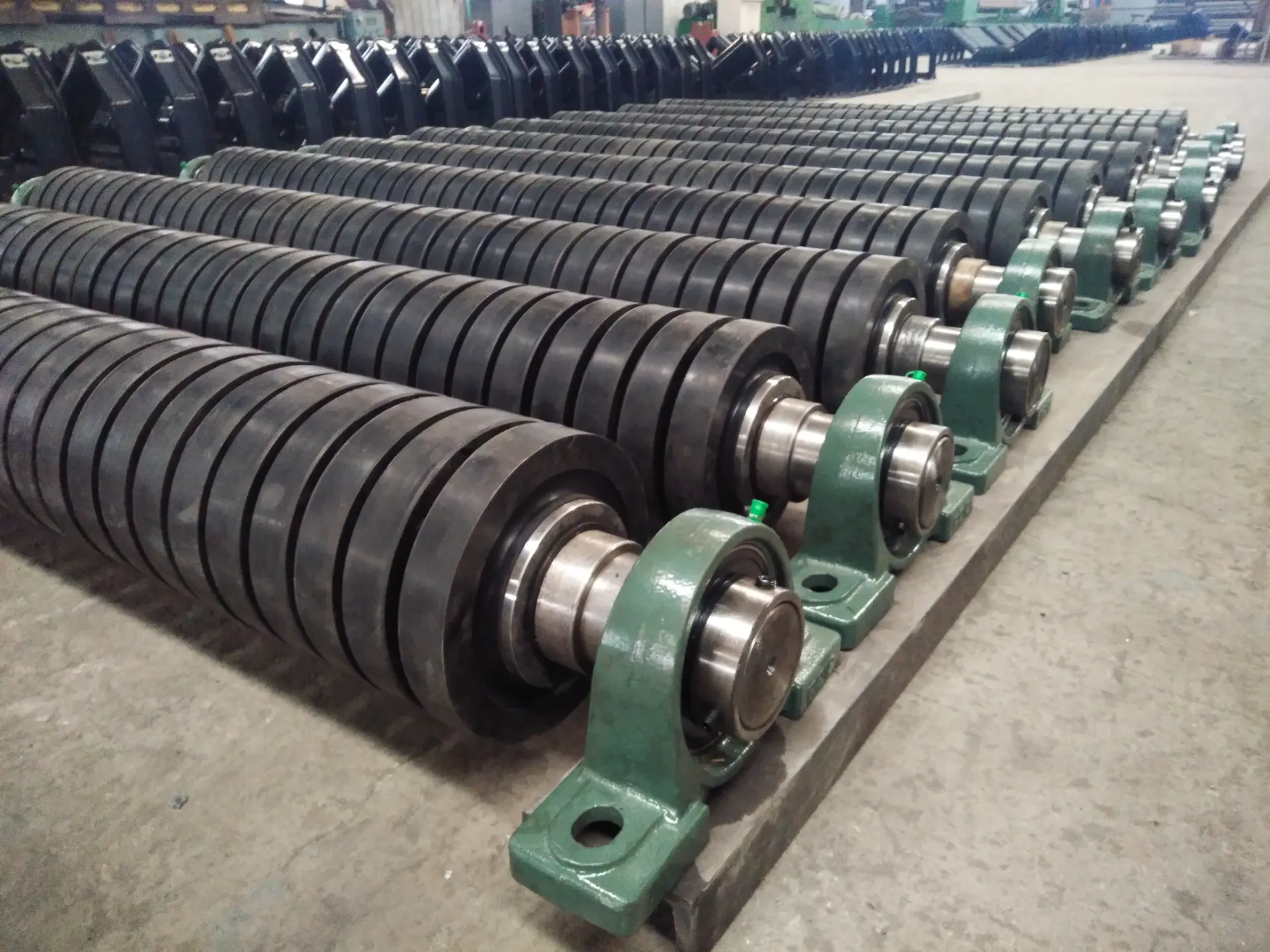 Afrikaans
Afrikaans  Albanian
Albanian  Amharic
Amharic  Arabic
Arabic  Armenian
Armenian  Azerbaijani
Azerbaijani  Basque
Basque  Belarusian
Belarusian  Bengali
Bengali  Bosnian
Bosnian  Bulgarian
Bulgarian  Catalan
Catalan  Cebuano
Cebuano  Corsican
Corsican  Croatian
Croatian  Czech
Czech  Danish
Danish  Dutch
Dutch  English
English  Esperanto
Esperanto  Estonian
Estonian  Finnish
Finnish  French
French  Frisian
Frisian  Galician
Galician  Georgian
Georgian  German
German  Greek
Greek  Gujarati
Gujarati  Haitian Creole
Haitian Creole  hausa
hausa  hawaiian
hawaiian  Hebrew
Hebrew  Hindi
Hindi  Miao
Miao  Hungarian
Hungarian  Icelandic
Icelandic  igbo
igbo  Indonesian
Indonesian  irish
irish  Italian
Italian  Japanese
Japanese  Javanese
Javanese  Kannada
Kannada  kazakh
kazakh  Khmer
Khmer  Rwandese
Rwandese  Korean
Korean  Kurdish
Kurdish  Kyrgyz
Kyrgyz  Lao
Lao  Latin
Latin  Latvian
Latvian  Lithuanian
Lithuanian  Luxembourgish
Luxembourgish  Macedonian
Macedonian  Malgashi
Malgashi  Malay
Malay  Malayalam
Malayalam  Maltese
Maltese  Maori
Maori  Marathi
Marathi  Mongolian
Mongolian  Myanmar
Myanmar  Nepali
Nepali  Norwegian
Norwegian  Norwegian
Norwegian  Occitan
Occitan  Pashto
Pashto  Persian
Persian  Polish
Polish  Portuguese
Portuguese  Punjabi
Punjabi  Romanian
Romanian  Russian
Russian  Samoan
Samoan  Scottish Gaelic
Scottish Gaelic  Serbian
Serbian  Sesotho
Sesotho  Shona
Shona  Sindhi
Sindhi  Sinhala
Sinhala  Slovak
Slovak  Slovenian
Slovenian  Somali
Somali  Spanish
Spanish  Sundanese
Sundanese  Swahili
Swahili  Swedish
Swedish  Tagalog
Tagalog  Tajik
Tajik  Tamil
Tamil  Tatar
Tatar  Telugu
Telugu  Thai
Thai  Turkish
Turkish  Turkmen
Turkmen  Ukrainian
Ukrainian  Urdu
Urdu  Uighur
Uighur  Uzbek
Uzbek  Vietnamese
Vietnamese  Welsh
Welsh  Bantu
Bantu  Yiddish
Yiddish  Yoruba
Yoruba  Zulu
Zulu Efficient Conveyor System Design with Advanced Pulley Mechanisms for Optimal Performance
Understanding Conveyor Belt Pulleys Essential Components in Material Handling
In the realm of material handling and transportation, conveyor belts play a pivotal role in streamlining processes across various industries. At the heart of these systems lies the conveyor belt pulley, a critical component that significantly influences the efficiency, longevity, and operational effectiveness of conveyor systems. This article delves into the essential functions, types, and maintenance of conveyor belt pulleys, highlighting their importance in industrial applications.
The Role of Conveyor Belt Pulleys
Conveyor belt pulleys serve as the backbone of any conveyor system. Their primary function is to control the movement of the conveyor belt, facilitating the transport of materials from one location to another. Pulleys are typically divided into two categoriesDrive Pulleys and Return Pulleys.
1. Drive Pulleys As the name suggests, drive pulleys are responsible for powering the belt. They connect to a motor that provides the necessary torque to initiate movement. When the drive pulley turns, it pulls the belt along its path, transporting materials. The efficiency of the drive pulley is vital for the overall performance, as it directly affects how smoothly and swiftly the materials are moved.
2. Return Pulleys These pulleys are positioned at the end of the conveyor system and support the belt as it returns to the starting point. Return pulleys help maintain the tension of the belt, ensuring that it does not sag or slip, which could lead to inefficiencies or potential damage to the conveyor system.
Types of Conveyor Belt Pulleys
Conveyor belt pulleys come in various types, each designed for specific applications. Some of the most common types include
- Lagging Pulley This type is coated with a material that increases friction, providing better grip on the conveyor belt. Lagging is essential for reducing slippage, particularly in applications involving heavy loads or steep inclines.
- Snub Pulley A snub pulley is used to adjust the tension and angle of the conveyor belt
. By increasing the contact area between the belt and the drive pulley, it enhances traction and minimizes slippage.- Bend Pulley This pulley is designed to redirect the belt, usually by changing its direction. Bend pulleys are essential in multi-directional conveyor systems, allowing for complex routing of materials.
conveyor belt pulley

- Take-Up Pulley This type adjusts the tension of the conveyor belt, compensating for any slack or elongation that may occur during operation. Proper tensioning is crucial to prevent excessive wear and prolong the life of the belt.
Maintenance of Conveyor Belt Pulleys
To ensure optimal performance and longevity, regular maintenance of conveyor belt pulleys is vital. Here are some best practices to follow
1. Routine Inspections Regularly examine pulleys for signs of wear, damage, or misalignment. Check for corrosion, cracks, or any other abnormalities that could affect performance.
2. Proper Alignment Ensure that pulleys are correctly aligned with the conveyor belt to prevent uneven wear and reduce stress on the system. Misalignment can lead to premature failure and increased operating costs.
3. Lubrication Keep bearings and moving parts well-lubricated to minimize friction and prevent overheating. Select the appropriate lubricant based on the operating conditions and manufacturer recommendations.
4. Tension Adjustment Monitor and adjust the tension of the conveyor belt regularly. An improperly tensioned belt can lead to slippage, excessive wear, and potential damage to both the belt and pulleys.
5. Cleaning Maintain a clean environment around the pulleys to prevent debris buildup, which can affect performance and lead to damage over time.
Conclusion
Conveyor belt pulleys are integral components that significantly impact the efficiency of material handling systems. Understanding their functions, types, and maintenance requirements is essential for operators and maintenance personnel seeking to optimize performance. By ensuring that pulleys are well-maintained and properly used, industries can enhance productivity, reduce costs, and prolong the lifespan of their conveyor systems, ultimately leading to greater operational success.
-
Revolutionizing Conveyor Reliability with Advanced Rubber Lagging PulleysNewsJul.22,2025
-
Powering Precision and Durability with Expert Manufacturers of Conveyor ComponentsNewsJul.22,2025
-
Optimizing Conveyor Systems with Advanced Conveyor AccessoriesNewsJul.22,2025
-
Maximize Conveyor Efficiency with Quality Conveyor Idler PulleysNewsJul.22,2025
-
Future-Proof Your Conveyor System with High-Performance Polyurethane RollerNewsJul.22,2025
-
Driving Efficiency Forward with Quality Idlers and RollersNewsJul.22,2025





























